MoMA Celebrates the Forgotten Figures in Japanese Architecture
Behind every renowned architect lies a structural engineer. This tandem work is explored in a book published by the museum.
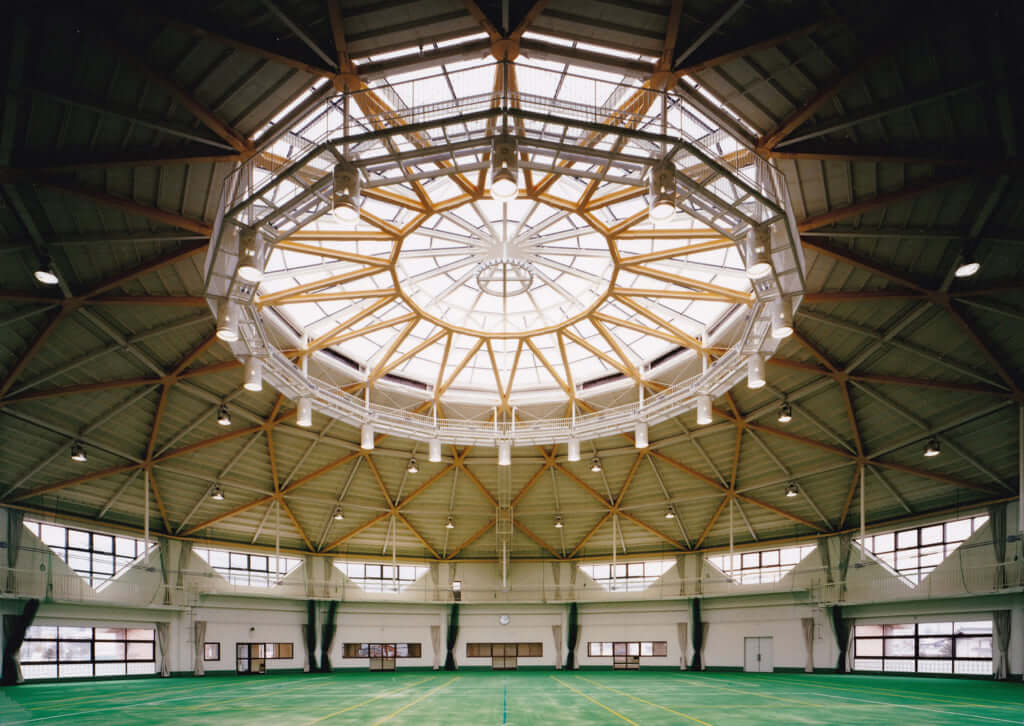
Mamoru Kawaguchi (architect and engineer) - ‘Fureai Dome, Nagano Prefecture’. Completed 1997 © Photograph Kenta Mabuchi, Wikimedia Commons
The tandem work between architects and structural engineers, which is particularly prevalent in Japanese architecture, is highlighted in a book released by the Museum of Modern Art in New York (MoMA). Entitled Structured Lineages: Learning from Japanese Structural Design, the publication is orchestrated by Guy Nordenson, a structural engineer from New York and professor at Princeton University’s architectural school.
A behind-the-scenes craft
In over 200 pages, Guy Nordenson compiles archival images, interviews, essays and transcripts from round tables between specialists, notably those that took place in 2016 at MoMA during the exhibition A Japanese Constellation: Toyo Ita, SANAA and Beyond. This text provides the perfect entry point for understanding the work of structural engineers, which involves calculating the dimensions of walls, supporting beams and angles of the work designed by the architect, in order to ensure the stability of the construction. These engineers play an indispensable role, especially in countries at risk of earthquakes like Japan, and also make it possible to construct buildings with complex shapes.
Structured Lineages: Learning from Japanese Structural Design reveals the most fruitful collaborations between architects and engineers on iconic buildings constructed in Japan since the end of the Second World War. As an example, while the work of Kenzo Tange, who designed the concrete-clad Saint Mary’s Cathedral in Tokyo with its futuristic lines and glass ceilings, is famous the world over, the structural engineer who facilitated this project, Yoshikatsu Tsuboi, is less well known.
The art of transmission
There is a particular focus on the work of structural engineers Mamoru Kawaguchi, Toshihiko Kimura, Gengo Matsui, Masao Saito, Mutsuro Sasaki and Yoshikatsu Tsuboi, allowing the reader to better understand their work and their unique relationship with architects. The notion of transmission is equally present in the book, which demonstrates how structural engineers train and influence the younger generations and describes their own training with their former mentors.
Far from being a theoretical text reserved for those well versed in engineering or architecture, this work allows the reader to understand the often invisible threads that underpin the creation of architectural works. The significant amount of space allocated to archival and contemporary photographs enables the reader to discover architectural feats of which they were previously unaware, and surely inspires them to go and see them for themselves the next time they visit Japan.
Structured Lineages: Learning from Japanese Structural Design (2019) is a book orchestrated by Guy Nordenson and published by MoMA.
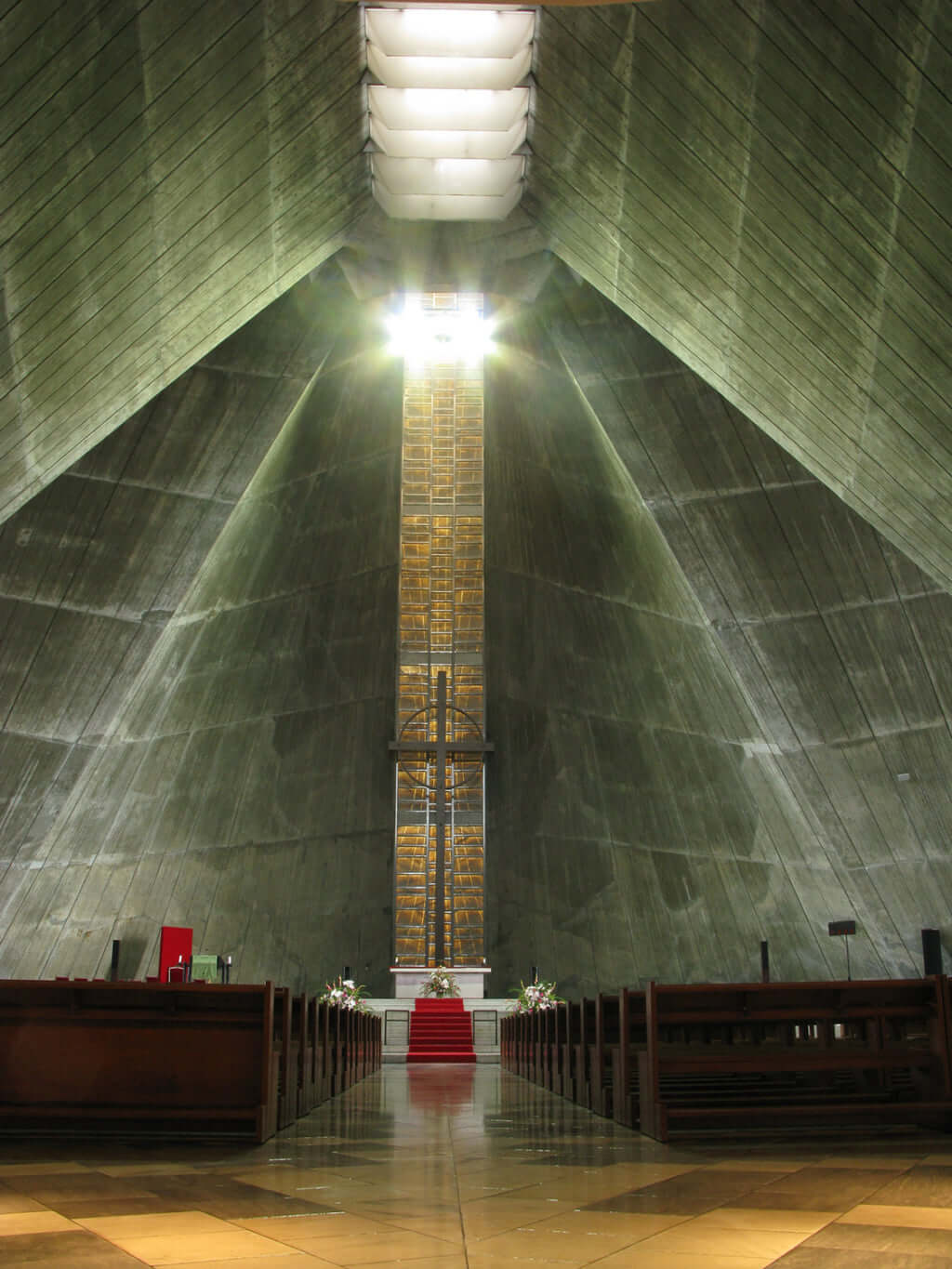
Kenzo Tange (architect); Yoshikatsu Tsuboi (engineer) - ‘Saint Mary’s Cathedral Tokyo (Interior view)’. Completed 1964 © Wikimedia Commons
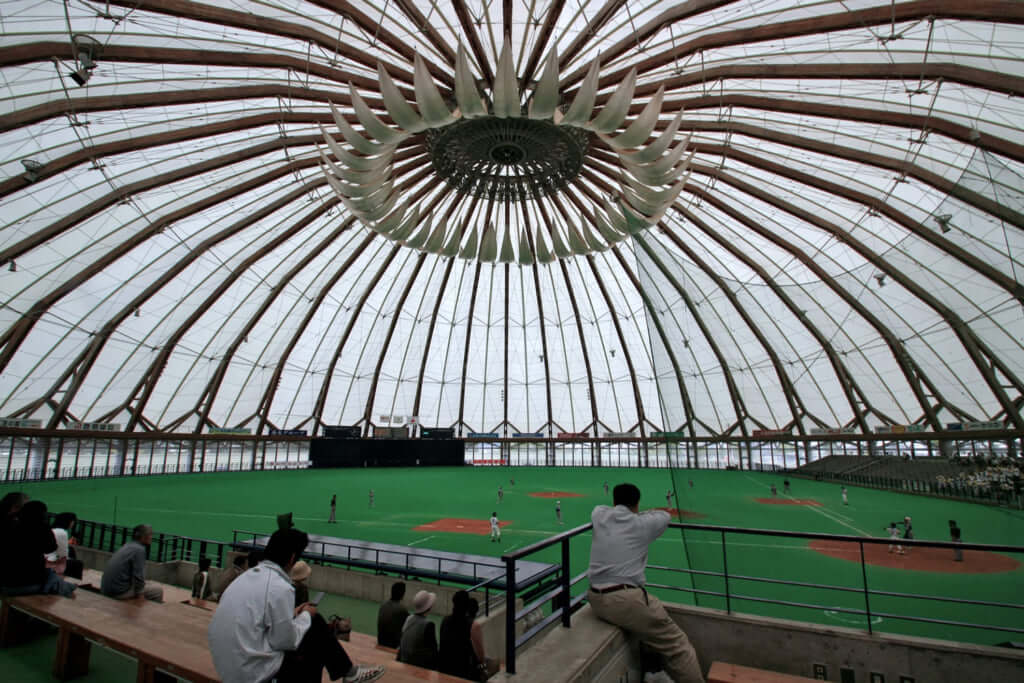
Kajima Design; Masao Saito (engineer). ‘Izumo Dome Shimane (interior view)’ © Photograph Kenta-Mabuchi, Wikimedia Commons
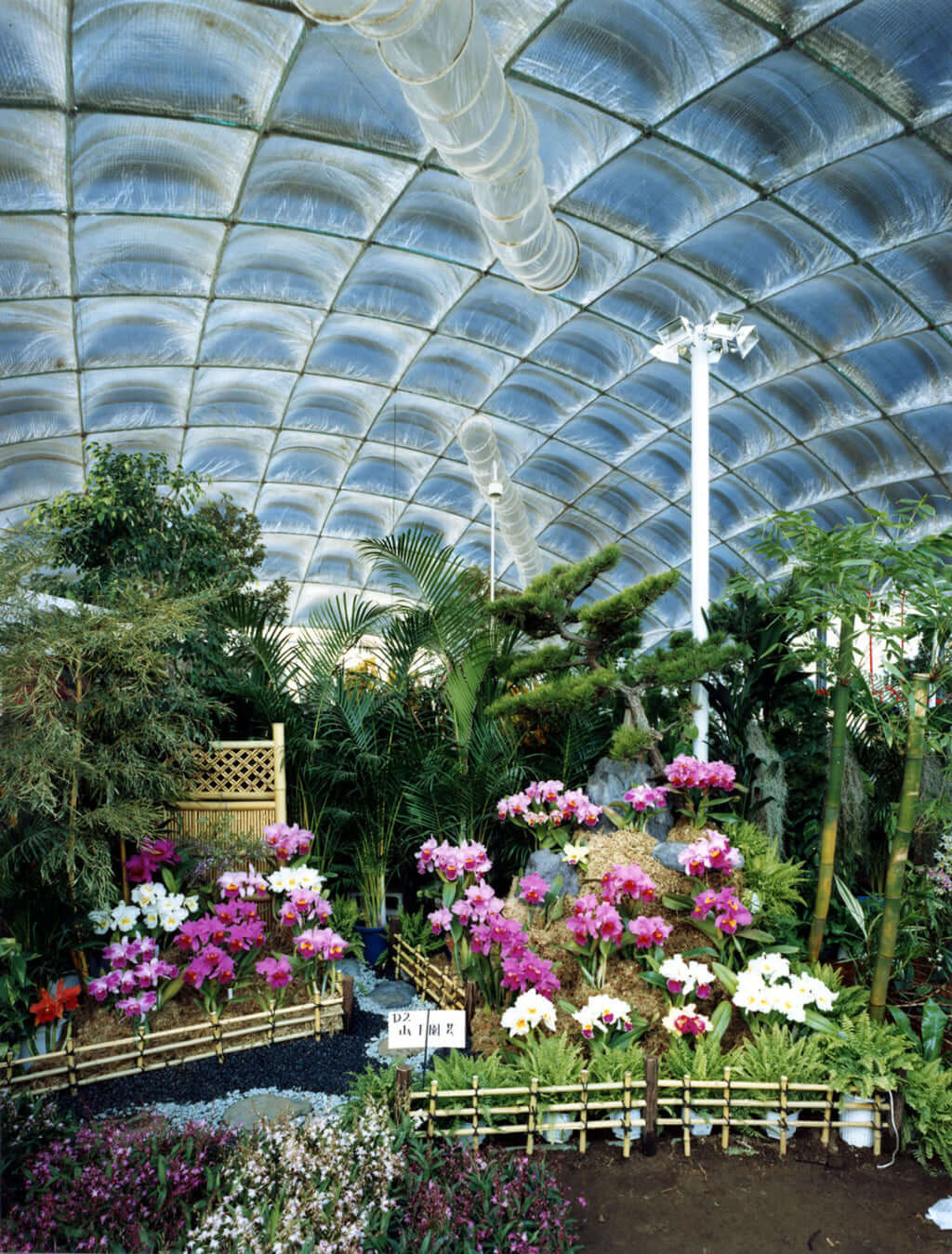
Yutaka Murata (architect); Mamoru Kawaguchi (engineer). ‘12th World Orchids Conference Pavilions, Kanagawa Prefecture’ © Photograph by Mamoru Kawaguchi. Courtesy of Kawaguchi & Engineers
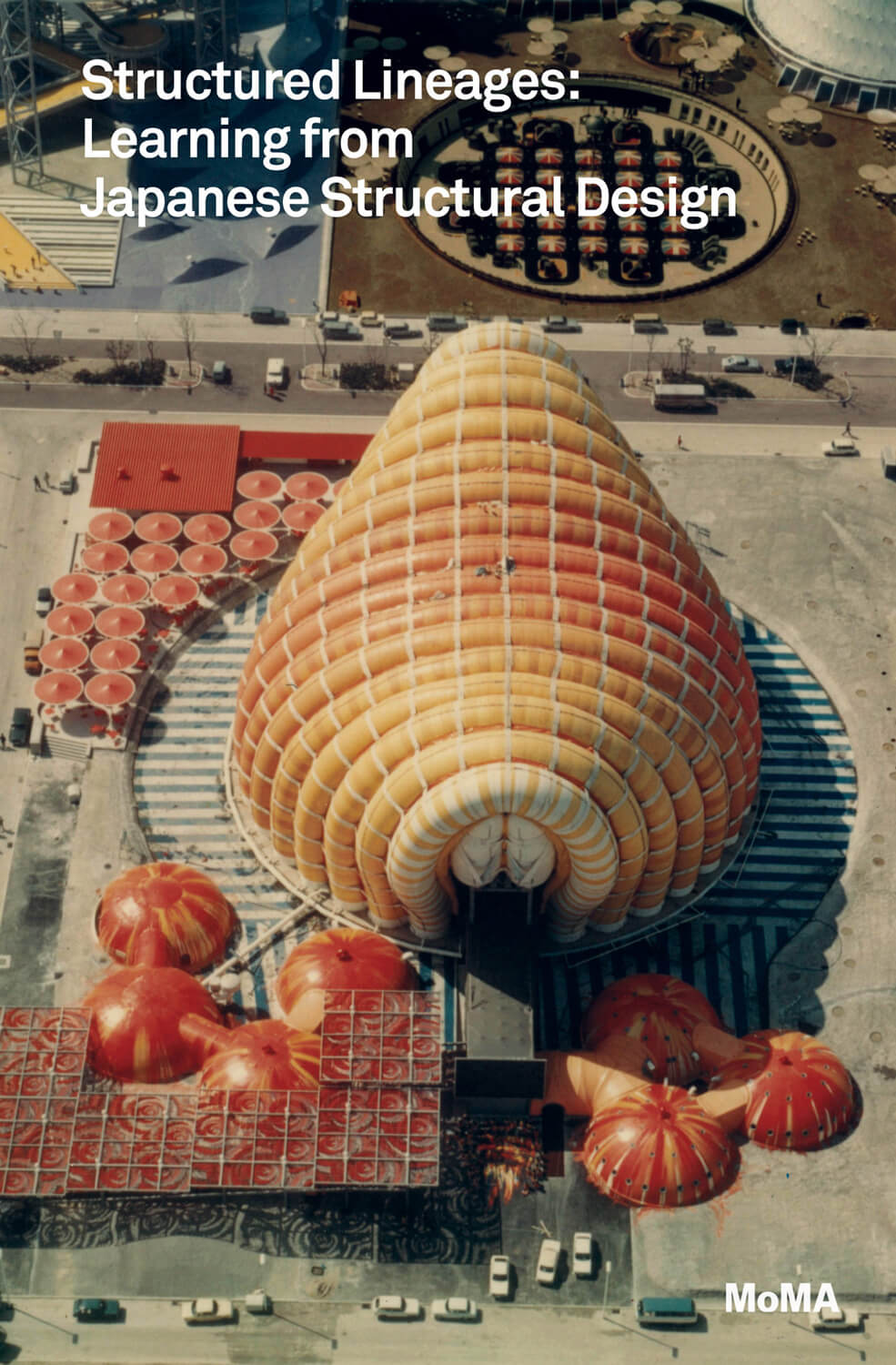
© MoMA Publications
TRENDING
-
A House from the Taisho Era Reveals Its Secrets
While visiting an abandoned building, Hamish Campbell discovered photographs the owner had taken of the place in the 1920s.

-
The Taboo-Breaking Erotica of Toshio Saeki
The master of the 1970s Japanese avant-garde reimagined his most iconic artworks for a limited box set with silkscreen artist Fumie Taniyama.

-
With Meisa Fujishiro, Tokyo's Nudes Stand Tall
In the series 'Sketches of Tokyo', the photographer revisits the genre by bringing it face to face with the capital's architecture.

-
Masahisa Fukase's Family Portraits
In his series ‘Family’, the photographer compiles surprising photos in which he questions death, the inescapable.

-
Hajime Sorayama's Futuristic Eroticism
The illustrator is the pioneer for a form of hyperrealism that combines sensuality and technology and depicts sexualised robots.





